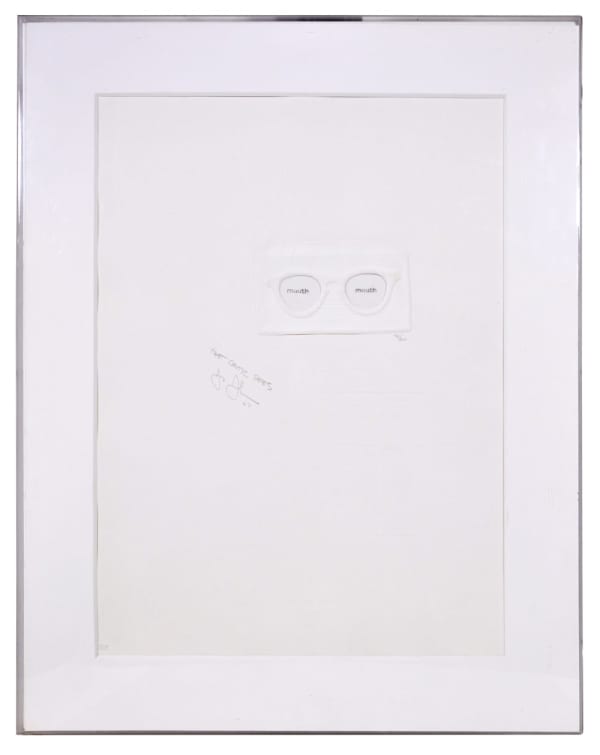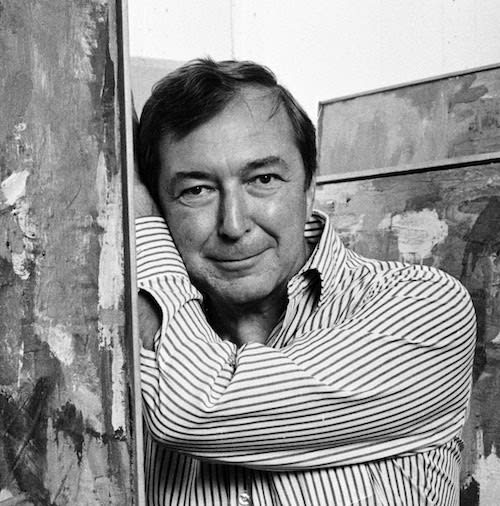Jasper Johns
'Art is much less important than life, but what a poor life without it.'
Jasper Johns, born in 1930, is an American artist whose work laid the groundwork for the Pop Art and Minimalist movements. Known for his use of iconic symbols like flags, numbers, and maps, Johns challenges the conventional distinctions between object and art, prompting viewers to see beyond the familiar. His innovative use of materials, such as encaustic and collage, adds depth and texture to his pieces. Johns' prints, particularly his lithographs and screenprints, are celebrated for their complexity and craftsmanship, making them highly prized in the art market.
Explore signed editions by Jasper Johns currently avaiable at our gallery now.
Related Artists
Send me more information on Jasper Johns
Jasper Johns (1930 – Present) was born May 15th, 1930 in Augusta, Georgia, and was raised in South Carolina. Johns studied at the University of South Carolina from 1947-1948, going on to the Parsons School of Design in 1949. In 1952 and 1953, Johns was stationed in Japan during the Korean War. Upon his return to New York, Johns began his art career.
Johns is largely associated with abstract expressionism, well known for his depictions of the American flag and USA national identity. Johns held his first solo show at Leo Castelli’s New York Gallery in 1958, where Alfred Barr, founding director of New York’s Museum of Modern Art (MoMa) purchased four works instantly. In 1960, Johns received the Vincent Van Volkmer Prize, and in 1963 Johns and composer Cage founded the Foundation for Contemporary Performance Arts, which is now known as the Foundation for Contemporary Arts in New York.
During the 1970s, Johns collaborated with several contemporary artists including Andy Warhol, Robert Morris and Bruce Naumann, During this period, Johns illustrated Frank O’Hara’s book of “poem paintings” In Memory of My Feelings. Johns experimented with a variety of disciplines including printmaking, sculpture and photography, transitioning to a more autobiographical style radically different from his early work by the end of the 1970s. Following a retrospective at the Whitney Museum of Art, Johns was exhibited in galleries across Europe, notably being included in the 1978 Venice Biennale and Kunstmuseum in Basel.
In 1987, Johns exhibited his The Seasons at the Museum of Modern Art (MoMa) in New York. The same year Johns was the focus of a retrospective at the Reina Sofía Museum in Madrid which proved to be one of the most important retrospective shows of his career, featuring 180 works from 1960-1985. His work returned to Spain in 2011 with a new retrospective at the Valencia Institute of Modern Art. In 2014, Johns found huge success through his exhibition Regrets at the Museum of Modern Art (MoMa) in New York.
His works have been fetching astronomically since 1975, making him the highest paid artist of his day. In 2017, the Royal Academy of Arts launched a major retrospective of Johns career entitled Jasper Johns: Something Resembling Truth. The exhibition was met with huge success. The Whitney Museum of American Art is soon to announce dates for the much anticipated Jasper Johns: Mind/Mirror 2020 exhibition.








